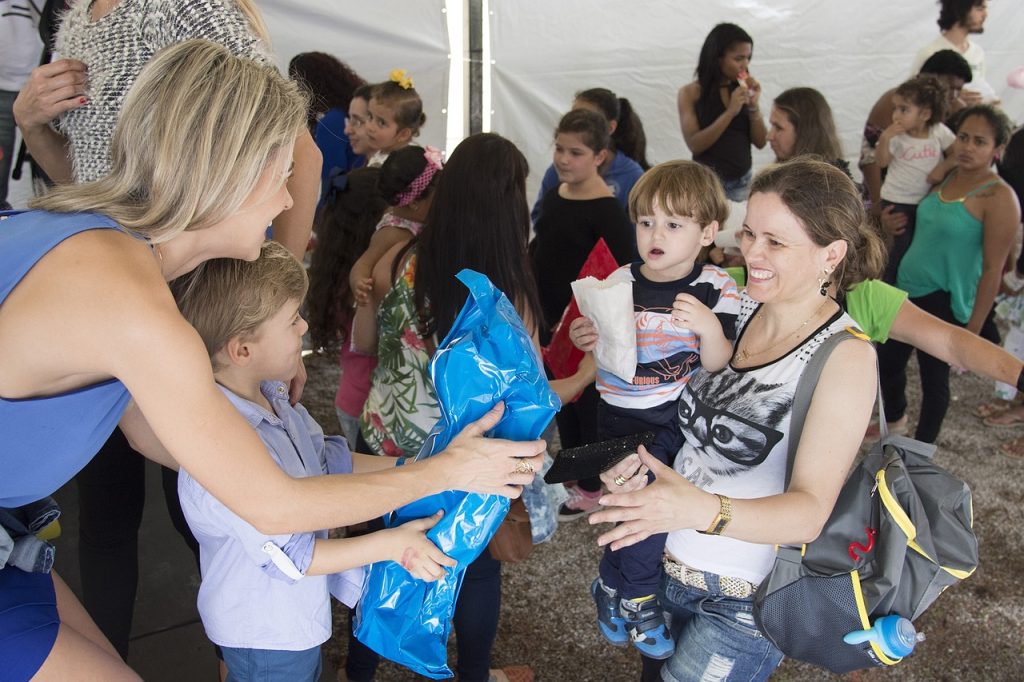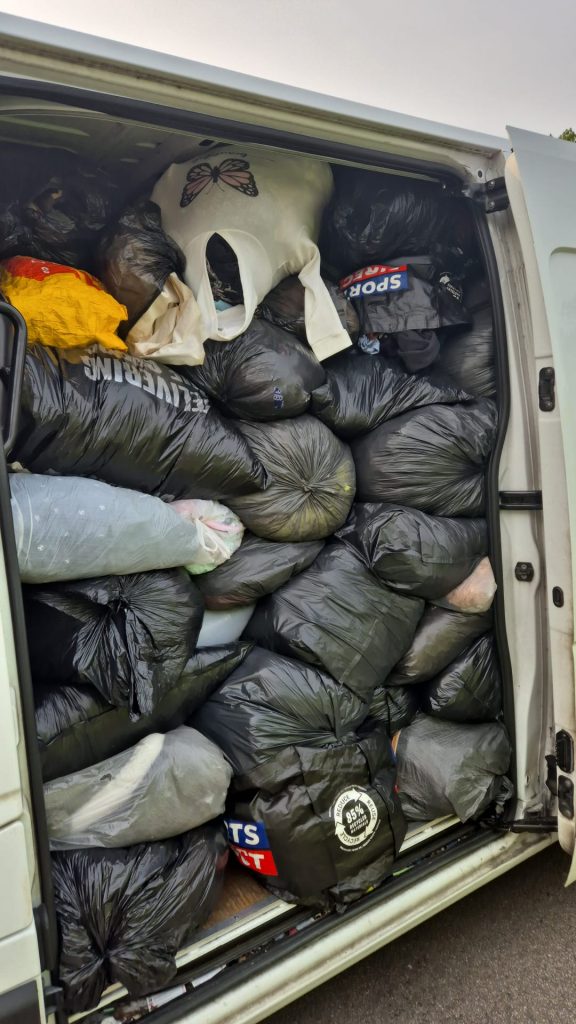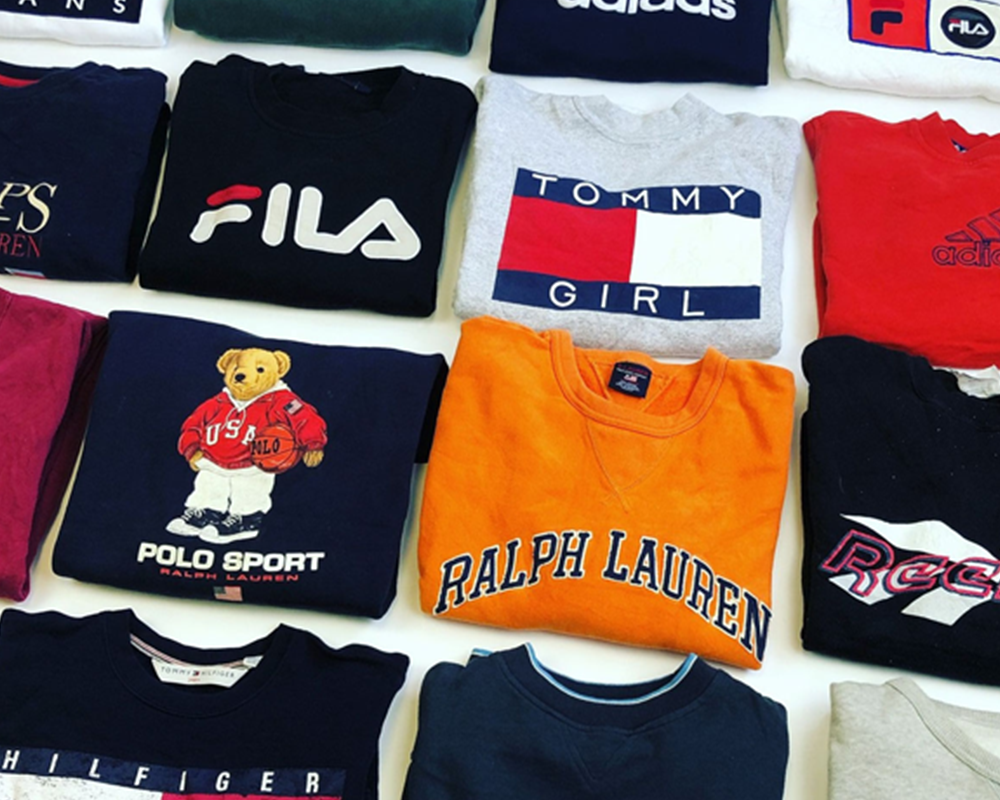The global trade of second-hand clothing is a complex and multifaceted industry that has significant economic and environmental implications worldwide. This trade primarily flows from developed countries in the Global North to developing nations in the Global South, creating both opportunities and challenges along the way.
The Scale and Scope of the Industry
The United States stands as the leading exporter of used clothing, with approximately 800,000 tons shipped annually. This massive volume reflects the overconsumption patterns in developed countries and the subsequent need to manage excess clothing. The export of second-hand clothing is not merely a charitable endeavor but a profitable business, with the U.S. alone exporting $705 million worth of used clothing in 2010.
The Supply Chain
The journey of second-hand clothing involves multiple stakeholders:
- Collection: Charities, community groups, and clothing recyclers gather unwanted garments.
- Sorting and Grading: Clothing is sorted based on quality and type.
- Export: Wholesalers, graders, and trading companies ship the clothing, typically in 40-foot high cube containers.
- Retail: Local merchants in importing countries purchase bales of clothing for resale.
Key Export Markets
The main destinations for second-hand clothing exports include:
- Sub-Saharan Africa
- Asia
- Eastern Europe
- Latin America
Specific countries like Angola, Ghana, Pakistan, and the Philippines are significant importers.
Economic Impact
For many developing nations, the second-hand clothing trade represents a significant source of affordable apparel. In fact, it serves as the primary source of clothing for over half of the global population. However, this influx of cheap clothing can also stifle local textile industries, making it difficult for domestic manufacturers to compete.
Environmental Considerations
While extending the life of garments through second-hand trade can be seen as environmentally friendly, the reality is more complex. In Kantamanto, a large second-hand market in Ghana, approximately 40% of imported clothing ends up as waste. This highlights the need for more sustainable practices throughout the entire clothing lifecycle.
Challenges and Controversies
The second-hand clothing trade faces several challenges:
- Misconceptions: The trade is often mischaracterized as charity or recycling, obscuring its for-profit nature.
- Labor Concerns: Questions arise about working conditions and fair wages for those involved in sorting and reselling.
- Waste Management: Importing countries often struggle to manage the excess clothing that cannot be sold or used.
Future Outlook
As awareness grows about the complexities of the second-hand clothing trade, there are calls for more responsible practices. Some suggest implementing extended producer responsibility policies, similar to those in France, to better manage textile waste. Others propose developing local textile industries in importing countries to reduce dependence on second-hand imports.The future of the second-hand clothing trade will likely involve balancing economic opportunities with environmental and social responsibilities. As consumers become more conscious of their clothing’s lifecycle, and as developing nations seek to strengthen their domestic industries, the landscape of this global trade is poised for significant changes in the coming years.
Share
Rewrite



